Peruvian Spice Secrets: 7 Sizzling Flavors That Define Peru Food Culture
Table of Contents
- Introduction: Why Peru Food Culture is a Spicy Revelation
- The Top 7 Spices of Peruvian Cuisine
- Spice in Action: Iconic Dishes That Bring Peru Food Culture to Life
- Buying Guide: How to Choose Authentic Peruvian Spices
- Tips for Using Peruvian Spices at Home
- Conclusion: Embrace the Spirit of Peru Food Culture
Introduction: Why Peru Food Culture is a Spicy Revelation
If you've ever tried ceviche, lomo saltado, or causa, then you've already dipped your toes into the colorful waters of Peru food culture. But beyond those famous dishes lies an even deeper treasure chest—the spices that bring Peruvian cuisine to life. With over 400 native varieties of potatoes and countless regional microclimates, Peru has long been a hub of agricultural and culinary innovation.
What sets Peru apart isn’t just the diversity of its ingredients—it’s how they’re combined. The magic often starts with a foundation of aromatic spices and fresh herbs. In this post, we’ll take a flavorful journey through the key spices that define Peru food culture, offer a practical buying guide for sourcing authentic products, and share some insider tips on how to use them like a pro.
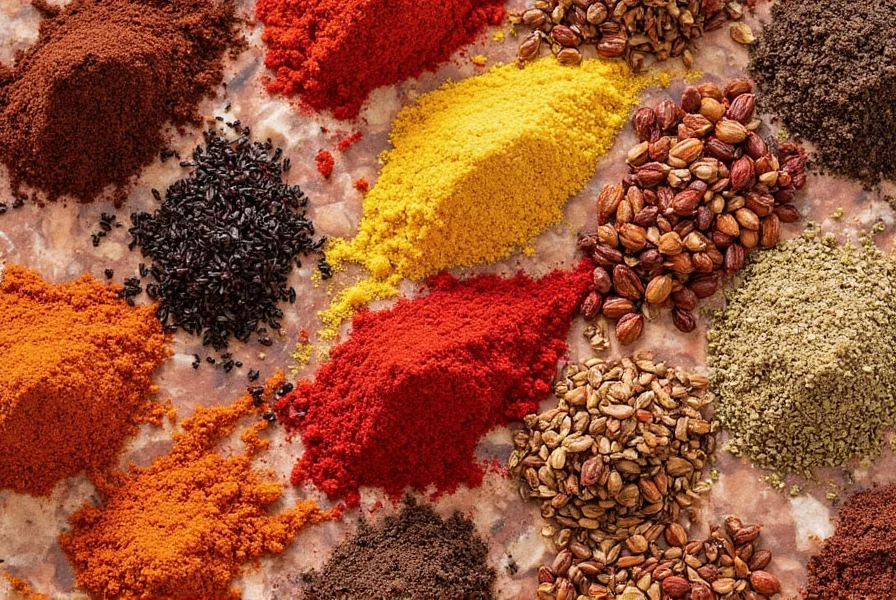
The Top 7 Spices of Peruvian Cuisine
While many global cuisines rely on a standard set of seasonings, Peru food culture boasts a uniquely bold and earthy palette. These are the seven stars of Peruvian spice:
- Aji Amarillo (Yellow Chili Pepper)
- Huacatay (Black Mint)
- Cumin
- Garlic
- Annatto (Achiote)
- Paprika
- Cilantro
Let’s dive into each one and uncover what makes them essential to Peru food culture.
1. Aji Amarillo – The Queen of Peruvian Heat
The star of the show, Aji Amarillo, is not just a chili pepper—it's the soul of Peruvian cooking. It brings medium heat (50,000–60,000 SHU) along with a fruity, slightly floral flavor that distinguishes it from other hot peppers.
| Feature | Description |
|---|---|
| Heat Level | Moderate (50,000–60,000 SHU) |
| Flavor Profile | Fruity, citrusy, with floral notes |
| Common Use | Lomo Saltado, Ceviche, Aji Sauce |
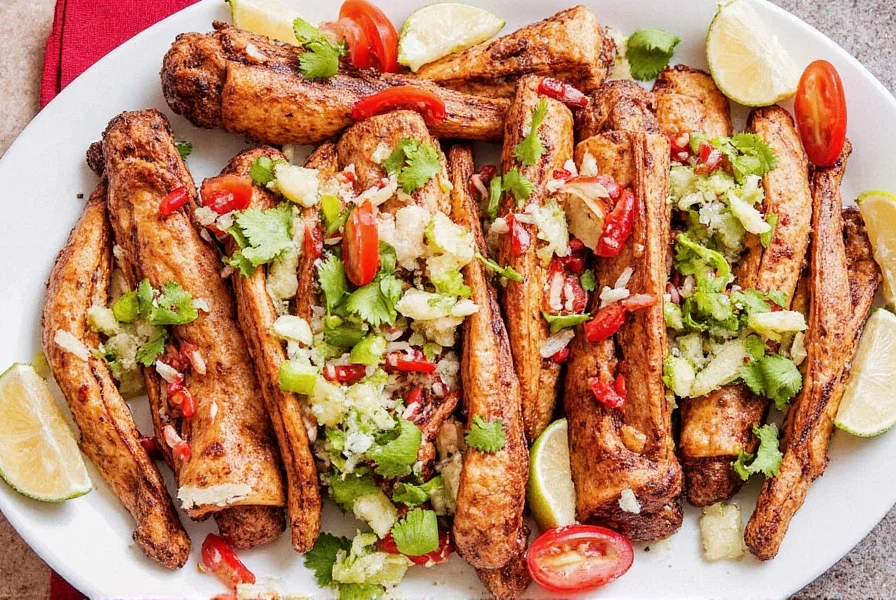
2. Huacatay – The Bold Black Mint
This pungent herb, also known as black mint, is rarely found outside of South America. It adds a sharp, almost camphor-like flavor that can be polarizing—but once you love it, there’s no going back.
| Feature | Description |
|---|---|
| Flavor Profile | Minty, menthol-like with anise notes |
| Common Use | Ocopa Sauce, Stews, Pachamanca |
| Substitutes | Peppermint + basil + a dash of clove oil |
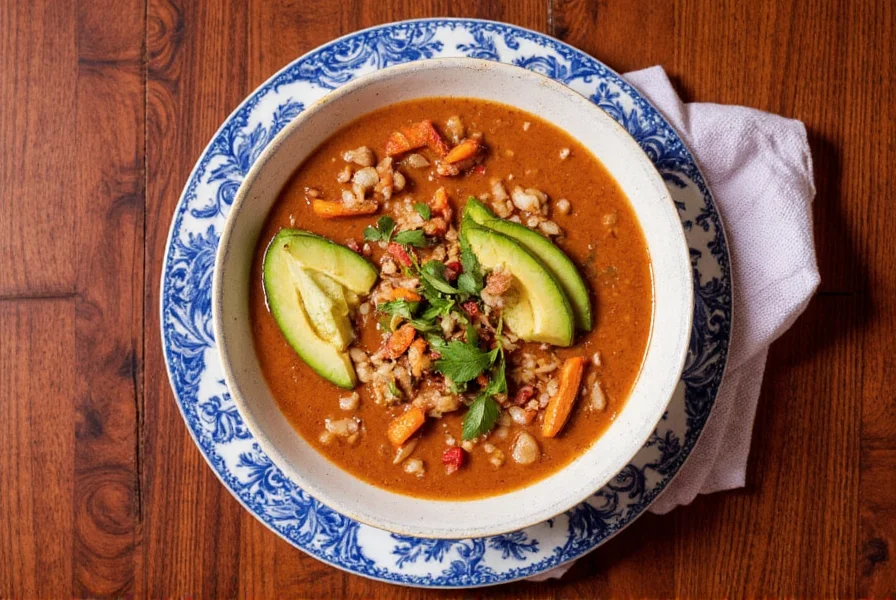
3. Cumin – The Earthy Anchor
While cumin is common in many cuisines, it plays a critical role in grounding the complex flavors of Peruvian stews and grilled meats. Used sparingly but intentionally, it enhances without overpowering.
4. Garlic – The Flavorful Base
Used in nearly every dish, garlic is the unsung hero of Peru food culture. Whether crushed, minced, or roasted, it forms the backbone of marinades, sauces, and salsas.
5. Annatto (Achiote) – Color & Earthiness
Derived from annatto seeds, this spice is more about color and mild earthy warmth than intense flavor. Often used in Amazonian dishes, it’s especially popular for marinating fish and meats.
6. Paprika – Smoky Sweetness
Spanish influence brought paprika into the mix. It contributes sweetness and subtle smokiness, especially when smoked (pimentón).
7. Cilantro – The Bright Finisher
No bowl of ceviche is complete without a fresh sprinkle of cilantro. It lifts up the flavors with a bright, citrusy zing.
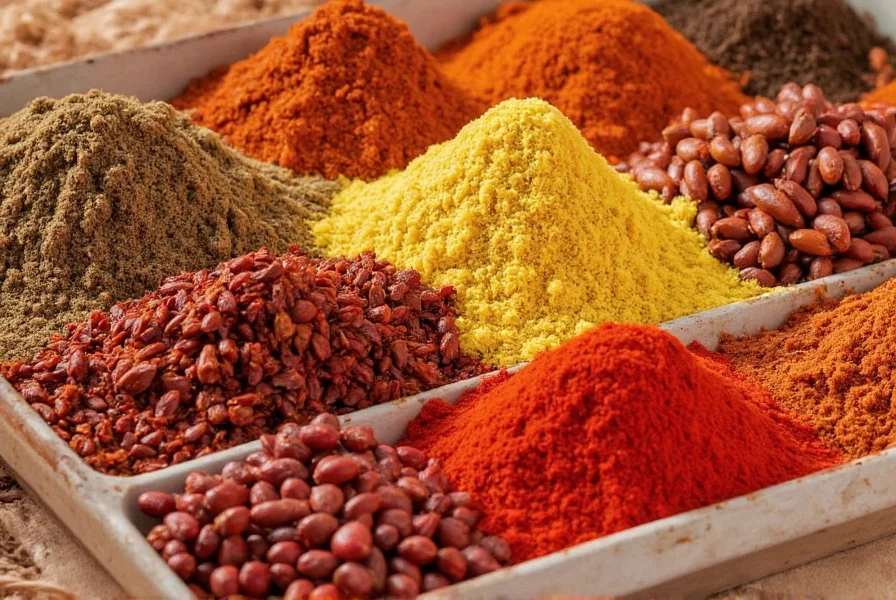
Spice in Action: Iconic Dishes That Bring Peru Food Culture to Life
Now that we’ve met the key players, let’s see how these spices come together in real-life dishes that embody Peru food culture.
Ceviche – Fresh Meets Fire
Peru’s national dish uses lime juice to “cook” raw fish, while aji amarillo and red onions provide heat and depth. Cilantro and salt round out the flavor profile beautifully.
Lomo Saltado – Wokked Fusion Goodness
This stir-fried beef dish blends Chinese and Andean influences. Soy sauce meets garlic, cumin, and vinegar in a pan-seared sizzle that defines Peru food culture at its most cosmopolitan.
Ocopa – Creamy, Spiced Perfection
This vegetarian delight features boiled potatoes covered in a creamy sauce made from pecan milk, cheese, garlic, and, of course, huacatay. It’s tangy, nutty, and completely addictive.
Causa – Layered Lemon & Spice
Named after the Spanish word for “cause,” this potato-based cold dish layers mashed yellow potatoes seasoned with lime and aji amarillo, filled with tuna, chicken, or avocado.
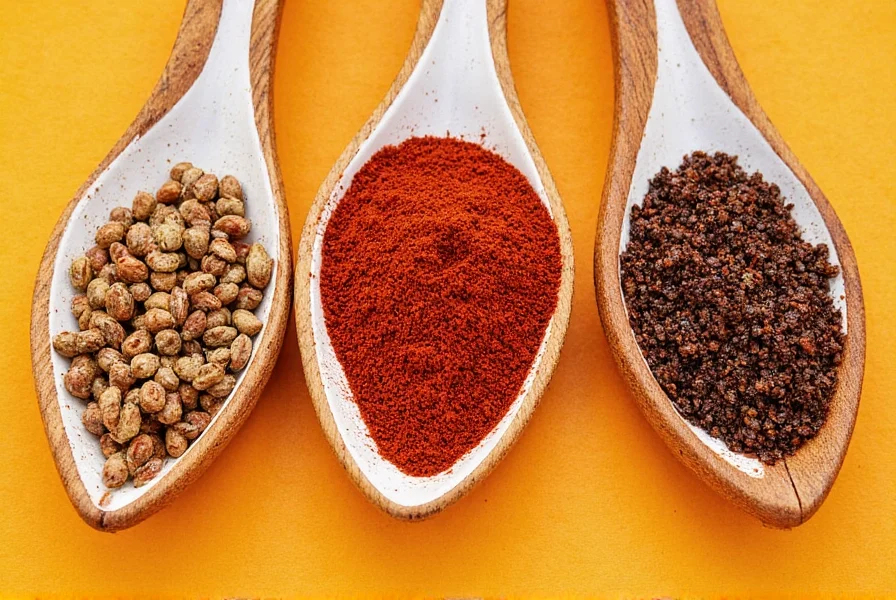
Buying Guide: How to Choose Authentic Peruvian Spices
If you're serious about recreating the essence of Peru food culture at home, investing in high-quality, authentic spices is key. Here’s how to spot the best options:
Look for These Labels:
- “Producto de Perú” – Indicates origin authenticity
- “Heirloom” or “Native Variety” – For true-to-flavor profiles
- “Sun-Dried” or “Air-Dried” – Better flavor retention than oven-dried
Top Picks for Authentic Peruvian Spices:
| Product | Features | Best For | Where to Buy |
|---|---|---|---|
| Pura Vida Organics Aji Amarillo Powder | Organic, sun-dried, non-GMO | Ceviche, sauces, marinades | Amazon, specialty Latin markets |
| Andes Natural Foods Whole Achiote Seeds | Traditionally harvested, unprocessed | Amazonian dishes, grilling | Etsy, gourmet spice shops |
| Sabrosura Huacatay Paste | Ready-to-use paste, refrigerated | Ocopa, stews, dressings | Latin American specialty stores |
Beware of These Pitfalls:
- Overly processed powders – Can lose aroma and flavor
- Generic “Peruvian spice blends” – Often lack freshness or proper ratios
- Vague labeling – Always check country of origin and processing method

Tips for Using Peruvian Spices at Home
Want to channel the spirit of Peru food culture in your kitchen? Here are some smart strategies to maximize flavor and minimize fuss:
Toast Your Spices First
Cumin and achiote both benefit from a quick toast in a dry skillet. Just a minute or two brings out their natural oils and deepens the flavor significantly.
Make Your Own Pastes
Create a base by blending aji amarillo with garlic, olive oil, and vinegar. Store in the fridge for easy access—perfect for tacos, burgers, or dipping sauces.
Balance Is Key
Peruvian cuisine thrives on balance—sweet with spicy, earthy with bright. Don’t be afraid to layer flavors. Try pairing aji with honey, or cilantro with lime.
Go Local When Possible
If you have access to a Latin market or online Peruvian grocer, take advantage. They’ll carry fresh and dried ingredients that mainstream supermarkets miss.
Store Smartly
Keep spices in airtight containers away from light and moisture. Fresh herbs like cilantro should be stored in water like a bouquet, loosely covered with a plastic bag.
Conclusion: Embrace the Spirit of Peru Food Culture
Whether you're new to the scene or a seasoned spice enthusiast, diving into the world of Peru food culture is like opening a sensory treasure chest. Each spice tells a story of history, geography, and identity.
From the golden heat of aji amarillo to the bold bite of huacatay, Peruvian spices aren’t just about adding flavor—they’re about connecting with a rich cultural legacy. With the right ingredients and a little curiosity, you too can bring a taste of Peru into your everyday meals.
So grab a jar of aji amarillo, chop some fresh cilantro, and get ready to spice up your dinner table. Because when it comes to flavor, Peru food culture is in a league of its own.
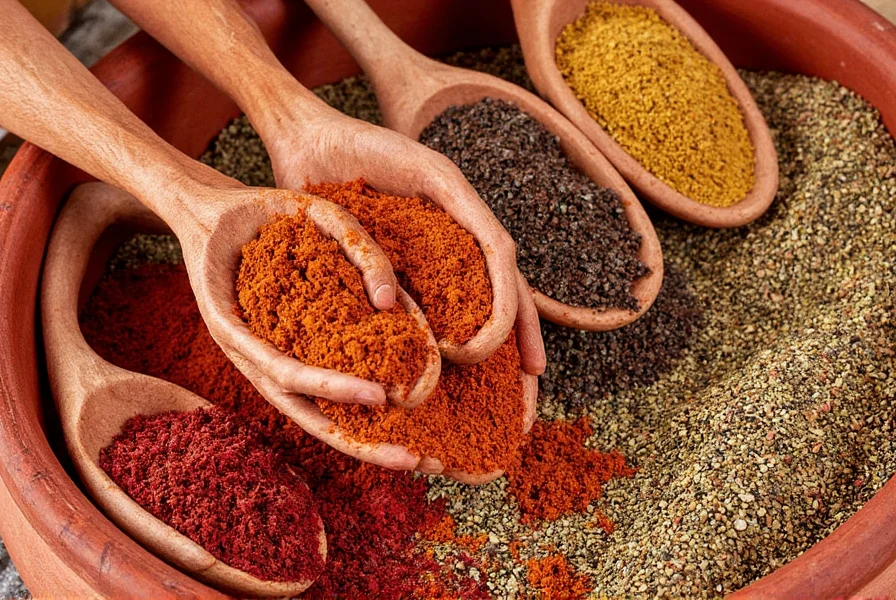

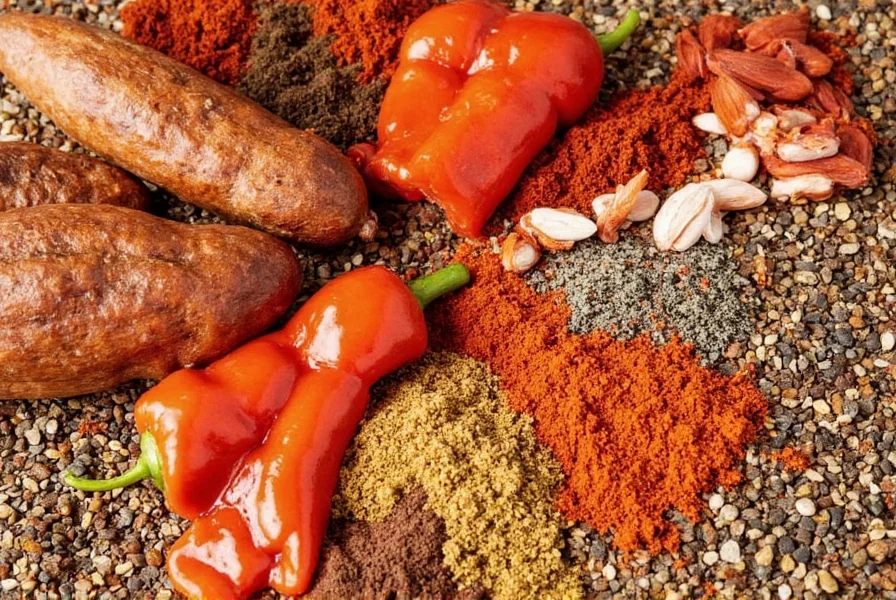









 浙公网安备
33010002000092号
浙公网安备
33010002000092号 浙B2-20120091-4
浙B2-20120091-4